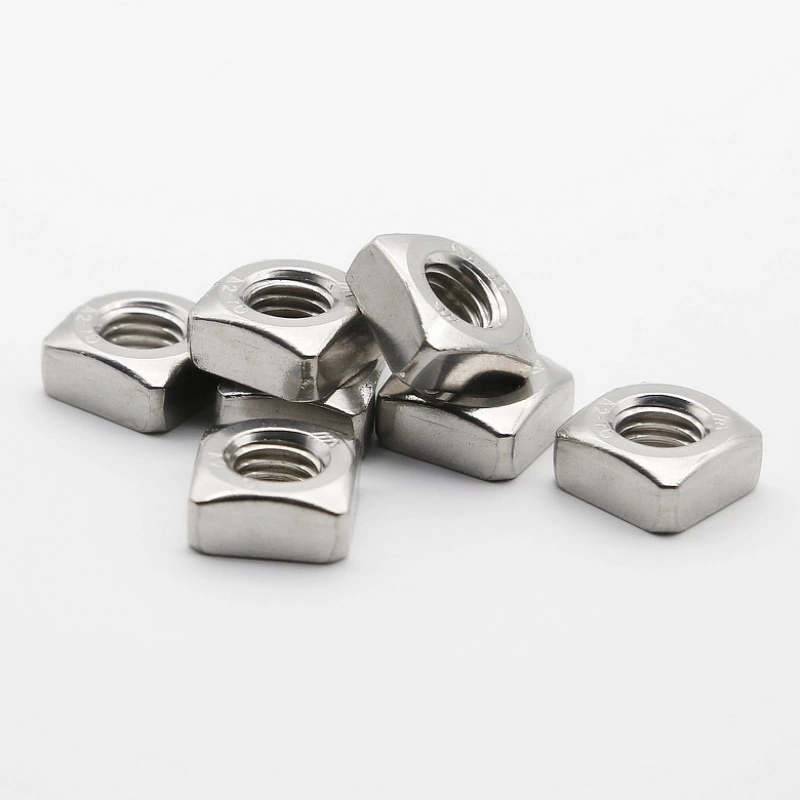

Exploring the Features and Benefits of M36 Washers for Various Applications
Oct . 12, 2024 03:09 Back to list
Exploring the Features and Benefits of M36 Washers for Various Applications
The Essential Role of Washer M36 in Modern Engineering
In the realm of engineering and construction, precision and reliability are paramount. One seemingly small component that plays a crucial role in achieving these qualities is the washer M36. This specific type of washer, characterized by its dimensions, is widely utilized across various industries for its ability to distribute load, reduce friction, and prevent damage to fasteners and the materials they are securing.
What is a Washer M36?
The washer M36 is designed to fit bolts and screws with a metric thread size of M36, corresponding to a nominal diameter of 36 millimeters. This washer typically comes in various thicknesses and materials, including steel, stainless steel, and nylon, each lending itself to different applications based on the environment and mechanical demands. The primary purpose of the M36 washer is to serve as a spacer and load distributor that can enhance the integrity of the joint it is part of.
Functions and Benefits
1. Load Distribution One of the primary functions of a washer M36 is to distribute the load of the fastener over a larger surface area. By doing so, it mitigates the risk of surface damage to the material being fastened. This is particularly important in applications where the materials can be easily deformed or damaged under high stress.
2. Vibration Damping Bolted connections are often susceptible to vibration, which can lead to loosening and failure over time. The presence of an M36 washer can help absorb some of the vibrations, thereby enhancing the durability and longevity of the connection.
washer m36

3. Friction Reduction Washers can significantly reduce friction between the bolt/screw and the material, allowing for easier tightening and preventing galling—an issue where metal surfaces adhere to each other. This characteristic is crucial in applications involving disassembly and reassembly, where fasteners may need to be reused.
4. Corrosion Resistance Depending on the material used, M36 washers can offer improved resistance to corrosion, which is vital in environments exposed to moisture or chemicals. For instance, a stainless steel washer is ideal in marine or chemical processing applications.
5. Alignment The M36 washer helps in keeping bolts and screws aligned within their respective holes. This alignment is essential for ensuring the proper fit and function of the assembled structure, preventing strain or misalignment of connected components.
Applications
Washer M36 is employed across various sectors, from automotive and aerospace to construction and manufacturing. In the automotive industry, for instance, these washers are essential for maintaining the integrity of critical engine components. In construction, they are used in steel structures and pipelines where robust connections are indispensable for safety and stability.
Conclusion
While it may be easy to overlook the importance of a seemingly small component like the washer M36, its role in modern engineering cannot be overstated. By providing load distribution, vibration damping, friction reduction, corrosion resistance, and alignment, M36 washers facilitate safer and more reliable connections in a variety of applications. Engineers must choose the right type of washer for each specific application to ensure optimal performance and longevity of the products they create. Thus, the washer M36 exemplifies the significance of attention to detail in engineering and underscores the point that sometimes the most critical components are those that remain hidden from view.
Latest news
-
Hot Dip Galvanized Bolts-About LongZe|High Strength, Corrosion Resistance
NewsJul.30,2025
-
High-Strength Hot Dip Galvanized Bolts - Hebei Longze | Corrosion Resistance, Customization
NewsJul.30,2025
-
Hot Dip Galvanized Bolts-Hebei Longze|Corrosion Resistance&High Strength
NewsJul.30,2025
-
High-Strength Hot-Dip Galvanized Bolts-Hebei Longze|Corrosion Resistance&High Strength
NewsJul.30,2025
-
Hot Dip Galvanized Bolts-Hebei Longze|Corrosion Resistance&High Strength
NewsJul.30,2025
-
Hot Dip Galvanized Bolts - Hebei Longze | Corrosion Resistance, High Strength
NewsJul.30,2025

